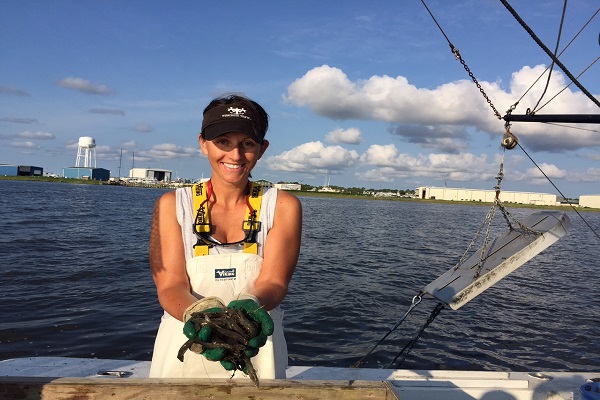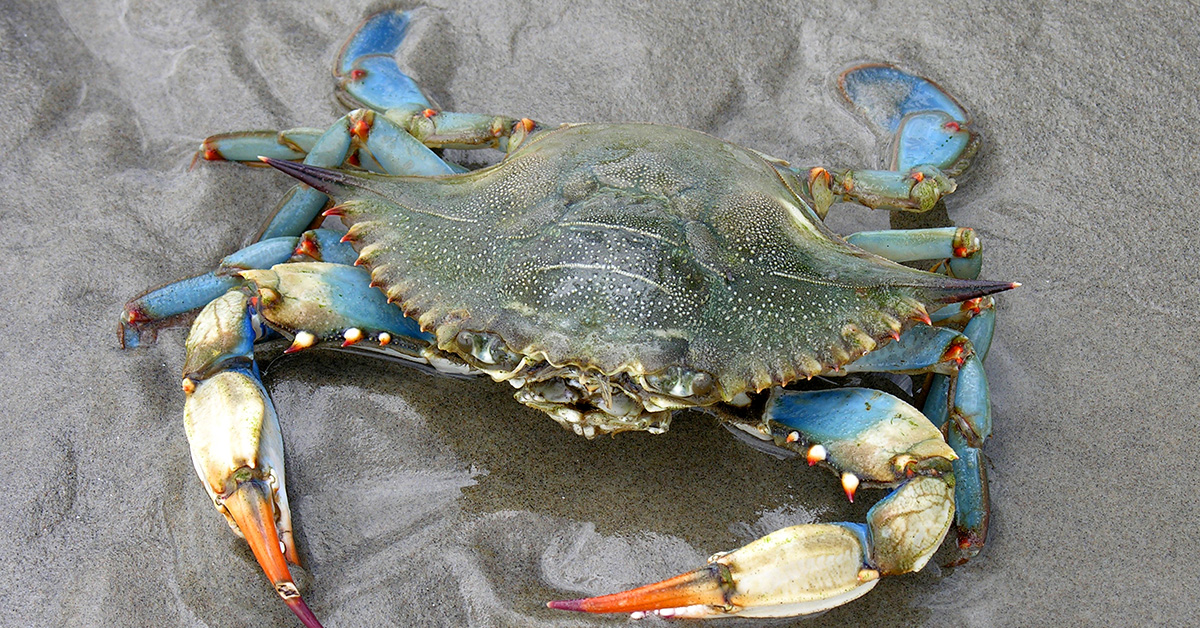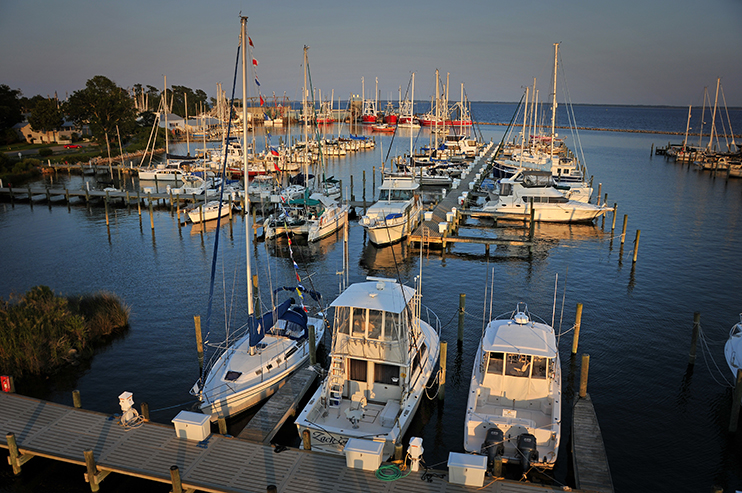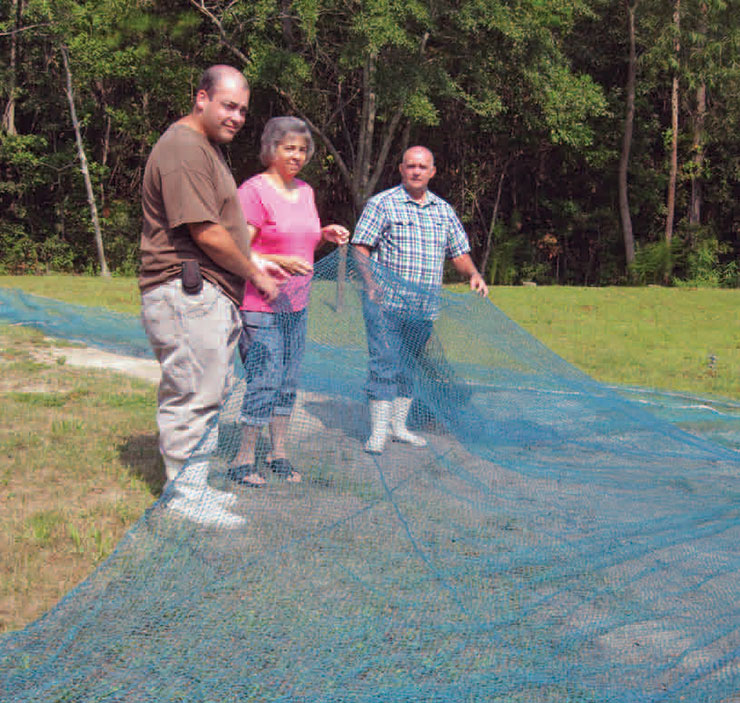Curbing the Import Appetite: Selling American Shrimp in the U.S. Market

Pink shrimp. Brown shrimp. White shrimp. Ecuadorian shrimp. Vietnamese shrimp. Can you tell the difference? Most Americans can’t. But who cares? Shrimp is shrimp, right?
Wrong, says Eddie Gordon, executive director of Wild American Shrimp, Inc. (WASI) the marketing arm of the Southern Shrimp Alliance (SSA). WASI and SSA represent harvesters, processors and distributors from North Carolina to Texas trying to compete with a flood of cheaper imports from Asia and South America.
Different species of American shrimp, such as brown or pink shrimp — and even the I same species found in different regions — have distinct flavors, Gordon explains. The flavor features are similar in concept to fine wines; a Chardonnay from France is different from a Chardonnay from California, Italy or Australia.
Yet American taste buds are desensitized to such flavorful subtleties in seafood. Nearly 90 percent of shrimp consumed in this country are imported, and half of those imports are raised in earthen ponds, not caught at sea.
“We need to educate consumers that shrimp is not generic,” Gordon says. “Many think shrimp is just shrimp — and that’s just not true,” he says. “Our goal is to differentiate our shrimp and let consumers make the choice.”
GOING GOURMET
WASI’s strategy is to make inroads into the upscale, “white tablecloth,” culinary community, Gordon says.
“The fun part about all of this is that shrimp have different flavors that can be paired with different wines and spices,” he says.
Already, there are a number of chefs in the Southeast and Gulf only serving certified, wild-caught American shrimp in their restaurants. The roster includes Ben Barker of the Magnolia Grill in Durham, N.C. and Bob Waggoner of the Charleston Grill in Charleston, S.C. Chef Emeril Lagassae of Food Network fame is also on board, using only wild-caught American shrimp in his restaurants and frozen food products.
Gourmet grocery stores, such as Fresh Market and Wild Oats, also are carrying WASI-certified shrimp products in certain locations. Even some major grocery chains, including Wal-Mart, Sam’s Club, Publix and Winn Dixie are beginning to carry WASI products in select stores.
“American food is becoming more Europeanized,” Gordon says. “People want to know what kind of food they are eating and where it is coming from.”
Barry Nash, seafood technology specialist for North Carolina Sea Grant, concurs.
“We’ve been seeing this kind of trend since 9/11,” he says. New, mandatory “country of origin” labeling on agriculture and seafood products is making consumers pay more attention to where their food comes from, he explains.
The gourmet community may be buzzing, but can domestic shrimp landings — which hover at about 200 million pounds annually — truly compete with the 1 billion pounds of cheaper imports arriving in the United States each year?
Of course, Gordon says, again pointing to the wine industry.
“Americans are now consuming more wine than beer — does that mean the high end wines should disappear? No. They all stand on their own merits.”
For Gordon, it’s not about domestic versus imported shrimp. Rather, “it’s about educating consumers to understand that shrimp is not a generic product, and that they have a choice.”
LOOKS VERSUS TASTE
Ultimately, that choice comes down to looks versus taste, notes Nash. He and fisheries specialist Scott Baker, also of North Carolina Sea Grant, served on WASI’s “Mark of Quality” team that helped develop quality standards for the program.
“Many imported shrimp are pond-raised and fed grain products, so they have a bland flavor,” Nash explains. “Wild-caught shrimp are feeding off plankton and other protein sources, so they have a more savory flavor.”
Imports also have aesthetics working in their favor, Baker adds.
“In general, farm-raised shrimp are more uniform in size than wild shrimp — a factor that American consumers have come to accept as a standard of quality for shrimp,” he explains. Wild shrimp are harvested in a wide range of sizes and are usually graded to a count per pound.
Foreign, pond-raised shrimp look perfect because workers pull them from ponds and immerse them in ice water immediately, Nash says. “Farm-raised products are not crushed or exposed to the elements the way wild-caught shrimp can be.”
American shrimpers are so focused on product volume that they end up sacrificing product appearance, which is how many consumers judge the quality of shrimp. Sea Grant programs from North Carolina to Texas encourage shrimpers to use handling procedure that will improve the appearance and perceived value of their products. One technique they suggest is to shorten tow times so that shrimp won’t be crushed by the weight of the haul. This also helps harvesters ice shrimp faster to prevent natural chemical or physical degradation.
Shorter trawls mean less product, Nash admits, “but you’re able to able to salvage more product that is of a higher quality in the consumer mindset.”
The WASI standards encompass these qualitative values, but they also focus on quantitative standards. This helps their “Certified Wild American” products meet certain technical standards that foreign pond-raised shrimp do not.
“If you’re going to sell a premium product, you’ve got to have standards to keep it a premium product,” Gordon says.
RISING IMPORTS, FALLING PRICES
Imports have been part of the U.S. shrimp market since the 1960s, when domestic demand started to exceed supplies from the Gulf and South Atlantic, explains Michael Haby, a seafood economist from Texas A&M University who participated in the WASI “Mark of Quality” group.
But a sharp spike in imports began in 2001.
Researchers at Texas A&M attribute the rise to several factors, including growing supplies of farm-raised shrimp worldwide, slowed growth in the once voracious Japanese market, high tariffs in the European Union on Asian shrimp, and the EU’s strict policy against residues of banned antibiotics in farm-raised shrimp.
As a result, cheap imports began flooding the United States market, causing prices for all types and sizes of wild-caught American shrimp to plummet. Between 2000 and 2003, some prices dipped more than 40 percent from $4.63 per pound to $2.90. Add in record high fuel prices and catastrophic hurricanes in 2005, and many trawlers in the Gulf and South Atlantic were forced to remain idle.
The American shrimp industry initiated legal proceedings in 2003 through the International Trade Commission (ITC), claiming that foreign nations were “dumping” the American shrimp market. By 2005, the ITC imposed tariffs up to 112 percent on some of the biggest shrimp exporters, including Brazil, China, Ecuador, India, Thailand and Vietnam, according to Haby.
However, the industry maintains that some exporting countries skirt the tariffs by first sending their products to nations without such restrictions, then shipping them to the United States. In addition, there is a dramatic rise in the volume of breaded shrimp exported to the United States from China, Haby says. Processed seafood — such as breaded shrimp, canned crabmeat or breaded fillets — are exempt from the tariff and country of origin labeling.
“We all want to see things turn around fast, but it’s going to be difficult,” Haby says. Many states have tried seafood and agricultural branding before, he adds, citing Alaska Seafood Marketing Institute (ASM), and memorable campaigns such as the California Raisins and Georgia Vidalia Onions, as successful examples.
But achieving such brand recognition can be expensive — ASMI has about $14 million, and the California Raisins had $19 million for marketing alone.
WASI has about $6 million, and they’ve hired the Hauser Group, a public relations and marketing firm based in Atlanta, to develop and carry out a marketing plan. Hauser’s clients include household names such as Home Depot, Motorola and Earthlink.
Although Gordon is pleased with the WASI marketing efforts, he is quick to emphasize that the program “is both a culinary and scientific endeavor,” pointing out WASI’s relationship with several research universities in the Gulf and South Atlantic.
“We are not just certifying that these shrimp are wild-caught, but that they are also meeting our quality standards.”
“WILD AMERICAN” QUALITY
What does it take for harvesters and processors to sell their products under the “Certified Wild American” logo?
First, they must sign on with WASI to become “approved suppliers,” meaning their products meet WASI’s strict quality standards, in addition to the U.S. environmental and food regulation standards. There are more than 50 processors in the Southeast and Gulf region associated with WASI, but the program has been slow to catch on in North Carolina.
Baker speculates it is because, until recently, the program focused mainly on processing operations, which are concentrated in the larger Gulf industry. In 2004, Louisiana landed nearly 134 million pounds of shrimp, and Texas came in second with 69 million pounds, according to NOAA Fisheries. Although still fresh, processed shrimp are typically de-headed, graded for size, frozen and sometimes peeled before reaching consumers.
North Carolina’s shrimp industry is much smaller and sells more unfrozen, unprocessed shrimp dockside. In 2004, harvesters landed just under 5 million pounds of product.
WASI’s original certification program only had one level of standards, regardless of whether the seller was a large processing plant or a small dockside facility, says Mario Piccinin, WASI director of quality control. In addition, suppliers had to bring in a quality-control inspector from the U.S. Department of Commerce to certify their products.
That was an expensive proposition for operations in North Carolina, where inspectors are few and far between. At least two processors from North Carolina expressed interest in WASI, but could not participate due to the expense, according to Gordon. He did not name the processors.
To make certification easier and more accessible, WASI and the “Mark of Quality” team developed a two-day training course for approved suppliers. Once suppliers complete the course, they can self-certify their products as meeting WASI standards.
“We hope the new certification process will get more people on board in North Carolina,” Gordon says.
Besides reducing costs, the self-certification process has separate categories for processed versus unprocessed, or “vessel-grade,” products, making it easier for smaller dockside operations to participate.
“The only equipment required to certify a vessel-grade product is a scale, a sieve, a calculator, and trained eyes and noses,” Baker says.
Despite the new certification process, those in North Carolina’s shrimping industry may still be reluctant to sign on. There is no guarantee that premium prices from the WASI market identity will trickle down to the boat level, warn Baker and Haby.
“Whether it works is anyone’s guess — and everyone’s hope,” Haby says.
This article was published in the Winter 2007 issue of Coastwatch.
For contact information and reprint requests, visit ncseagrant.ncsu.edu/coastwatch/contact/.


